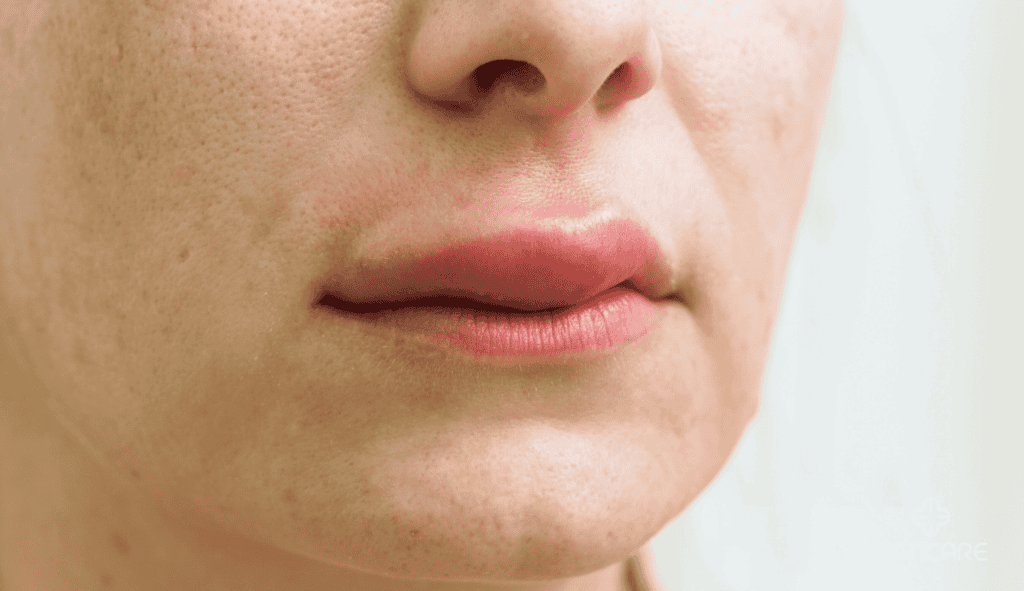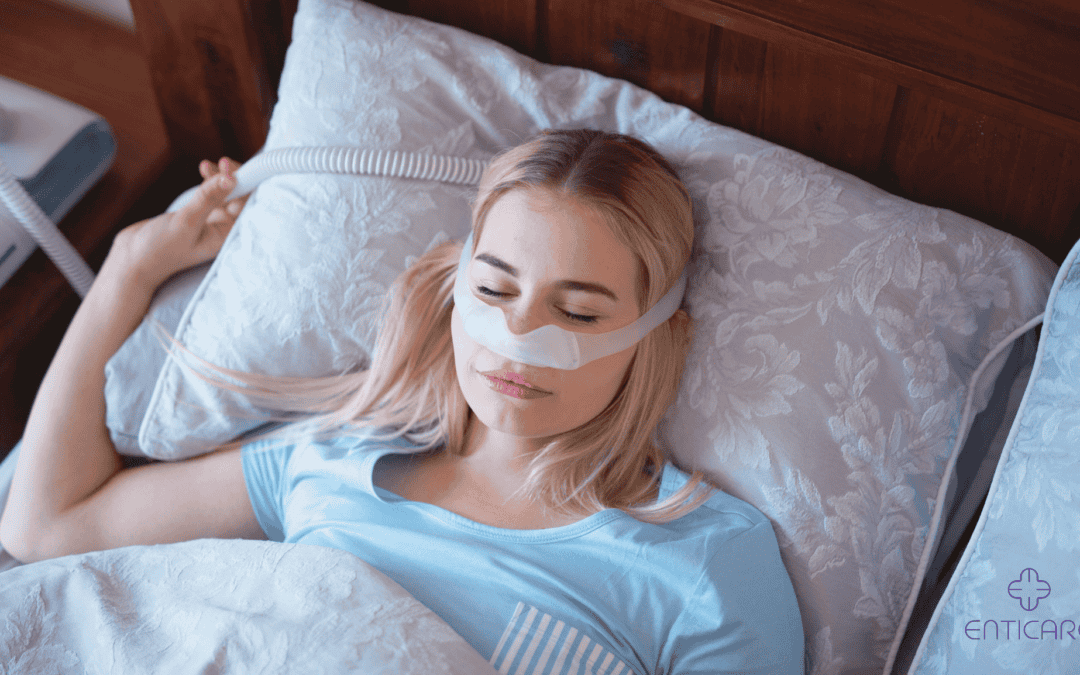Continuous Positive Airway Pressure (CPAP) therapy utilizing a CPAP device is essential for many individuals suffering from sleep apnea, but it is not without side effects. One common issue that CPAP users encounter is facial puffiness and swelling. This discomfort can hinder therapy adherence, disrupt sleep, and cause frustration. In this comprehensive blog, we’ll explore the causes, prevention, and solutions for face swelling from CPAP use, offering valuable insights to help you continue your treatment comfortably and effectively.

Why Does Face Swelling Occur with CPAP Use?
Pressure from the Mask
Face swelling can occur due to the pressure applied by the CPAP mask on the skin, especially when the mask fits too tightly. Over time, this pressure can restrict blood flow, leading to puffiness, swelling, or even bruising around the eyes, cheeks, and forehead. This prolonged pressure can also result in pressure sores.
Air Leakage
Air leaks can occur due to improper mask fit, where the pressurized air escapes around the edges of the mask. This issue often causes puffiness and bloating around the face as air is forced into the soft tissues.
Allergic Reactions or Skin Irritation
Some CPAP users may develop skin allergies or sensitivities to the materials used in their masks or headgear. CPAP dermatitis is a common skin issue that arises from using CPAP machines, particularly in users who develop contact dermatitis around the areas where the mask touches the skin. Latex or silicone masks can irritate the skin, leading to inflammation, swelling, or even facial rashes.
For more detailed insights on CPAP mask issues, including choosing between nasal masks and full-face masks, visit the American Sleep Apnea Association.
Sinus Infections and Congestion
Nasal congestion, sinus infections, and congestion are common issues that can arise when using a CPAP machine. The constant flow of pressurized air can dry out the nasal passages and sinuses, leading to congestion and infection. To minimize the risk of sinus infections and congestion, it’s essential to use a humidifier with your CPAP machine. A humidifier adds moisture to the air, helping to keep the nasal passages and sinuses hydrated and reducing the risk of infection.
Additionally, there are several other steps you can take to reduce the risk of sinus infections and congestion:
- Use a saline nasal spray before bedtime to help moisturize the nasal passages.
- Use a neti pot to rinse out the nasal passages and sinuses.
- Avoid using a CPAP machine with a dirty or clogged filter, as this can exacerbate sinus congestion.
- Consider using a CPAP machine with a built-in humidifier or a separate humidifier attachment.
By taking these steps, you can help reduce the risk of sinus infections and congestion and ensure that your CPAP therapy is effective and comfortable.

How to Prevent Face Swelling from CPAP Use
Ensure a Proper Mask Fit
One of the best ways to prevent face swelling is by ensuring that your CPAP mask fits correctly through proper mask adjustment. Maintaining and adjusting CPAP equipment, such as regular cleaning of masks and using humidifiers, is crucial for effective and comfortable therapy. A mask that is too tight will cause pressure marks and restrict blood flow, while a loose-fitting mask can lead to air leaks. Consult with your CPAP provider to get properly fitted and consider trying different mask styles (full-face, nasal, or nasal pillow) to see what works best for your facial structure.
Use a CPAP Pillow
A specialized CPAP pillow can make a world of difference. These pillows are designed to accommodate the mask and reduce pressure on the face while you sleep, regardless of your sleeping positions. The cutouts in the pillow relieve stress on your facial tissue, allowing you to sleep in various positions without compromising the mask seal or comfort.
Adjust Your Sleeping Position
Sleeping on your back can sometimes cause additional pressure from the mask and lead to swelling. Before starting CPAP therapy, it is important to discuss options with a healthcare provider to determine the suitability of the treatment for your sleep apnea symptoms. Consider side sleeping to distribute pressure more evenly across your face. Some users also find that elevating their heads slightly with an extra pillow can reduce facial puffiness by encouraging better circulation.
Using a Humidifier with CPAP
Using humidified air with your CPAP machine can help alleviate several common issues, including dry mouth, dry nose, and skin irritation. A humidifier adds moisture to the air, helping to keep the nasal passages and sinuses hydrated and reducing the risk of infection.
There are several benefits to using a humidifier with your CPAP machine:
- Reduces dry mouth and dry nose: By adding moisture to the air, a humidifier can help reduce the risk of dry mouth and dry nose, which can be uncomfortable and lead to other issues.
- Reduces skin irritation: A humidifier can help reduce skin irritation caused by the CPAP mask, as it adds moisture to the air and helps to keep the skin hydrated.
- Improves CPAP therapy: By reducing dry mouth, dry nose, and skin irritation, a humidifier can help improve the overall effectiveness of CPAP therapy.

Manage Face Swelling from CPAP with Expert Guidance
Managing face swelling from CPAP therapy doesn’t have to be a struggle. With expert guidance, the right mask fit, sleep position, and skincare routine, you can enjoy the benefits of CPAP without uncomfortable side effects. However, if you continue to experience swelling or discomfort, don’t hesitate to seek professional guidance.
Are you having trouble with CPAP therapy? Schedule an appointment with our sleep specialists at Enticare. We’ll help you find personalized solutions for a more comfortable and effective CPAP experience.
For additional reading on CPAP-related issues, explore this helpful resource from the Sleep Apnea Guide.

